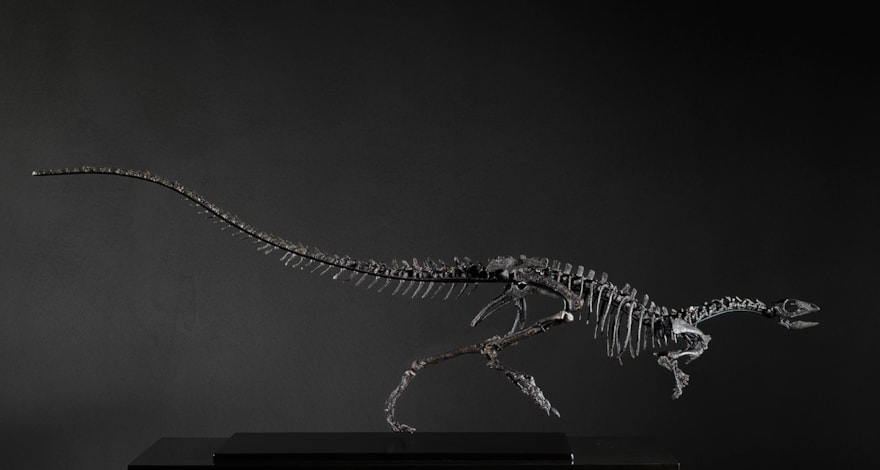Journal
Published 5/8/2025
Published 5/6/2025
Published 5/7/2025
Published 5/8/2025
Published 5/16/2025
Published 5/27/2025
Published 7/18/2025
Published 10/21/2025
Published 12/19/2025
Notable Sale: Enigmacursor Joins the Natural History Museum
Published 25/06/2025
Read time: 2min

"The sale of this extraordinary skeleton to the Natural History Museum is a true honour," says Salomon Aaron, director of David Aaron. "This specimen allows for further important research into what we understand about dinosaur species and adds a significant chapter to the Museum's rich tapestry of natural history."

The Enigmacursor on display at the Natural History Museum, London. (Image credit: Lucie Goodayle, The Natural History Museum)
But following in depth research led by the Natural History Museum’s palaeontology team, the specimen has now been confirmed as a distinct and newly recognised species. It is also thought there are signs that the dinosaur was not fully grown, says co-lead research author Professor Paul Barrett.
“One feature we look at in dinosaurs are the neural arches,” Paul explains. “These are the top section of vertebrae, and form separately from the lower parts. They gradually merge as an animal gets older, so by examining them you can see whether it was still growing.”

Conservation and analysis of the Enigmarcusor taking place at the Natural History Museum (Image credit: The Natural History Museum)
We are honoured to have played a part in the journey of this rare fossil and proud to have helped it find its permanent home in the halls of the Natural History Museum.








